IIOT Gateway Technology
By Sam | 27 November 2021 | 1 Comments
How to Select an Appropriate IOT Gateway?
Due to fast-growing application demand and rapid technology development, more and more innovative IOT devices have emerged in the market. Within such an immense range of choices, how can we select the right IOT gateway?
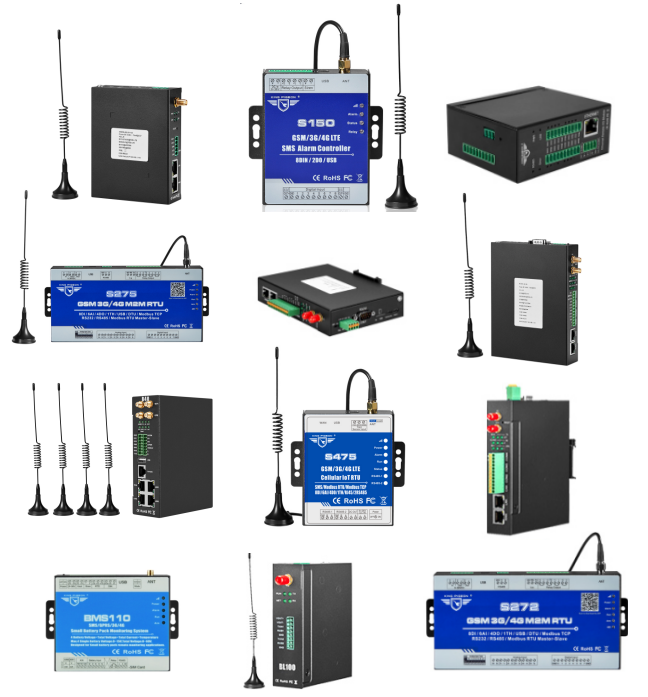
First of all, it’s necessary to know what kind of data to be transferred. There are various types of signals, like digital, pulse, analog, PT100, RS485, PLC, video, etc
Secondly, the protocol for connecting to server or cloud must be confirmed. The most-frequently-used IOT protocols are Modbus and MQTT
Thirdly, we need to identify whether cellular, Ethernet or both internet connections are needed.
In addition, for cellular IOT devices, the communication module is selected based on application region as different areas have different communication frequencies.
Let’s illustrate the tips with examples of King Pigeon IOT devices.
Digital Input and Output: select 4G RTU (Remote Terminal Unit) S272 with 8DI, 6AI and 4DO. It is a nice device to process digital signal. No additional I/O module is needed and cost can be immensely saved
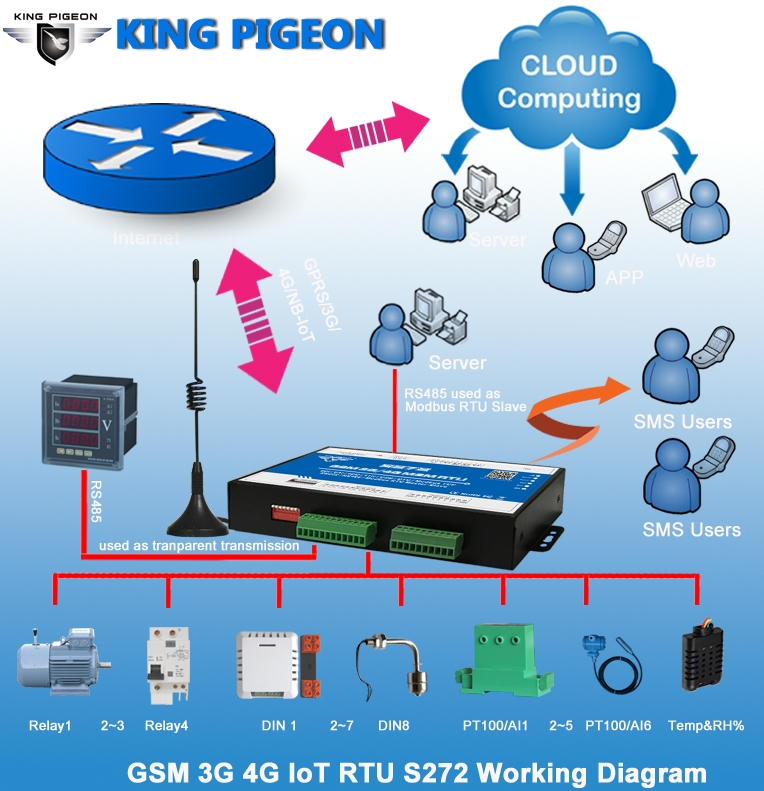
RS485 Output: 4G DTU D223 can be used. However, data processing load in server side is very heavy and SIM card data usage is quite high. Thus it’s better to use 4G Modbus to MQTT Gateway BL100. It solves both the problems of DTU.
PLC Output: PLC Gateway BL102 or Multiple-Protocol IIOT Gateway BL110 can be selected. It’s capable of huge PLC data resolution and sending PLC data to cloud or local host computers.
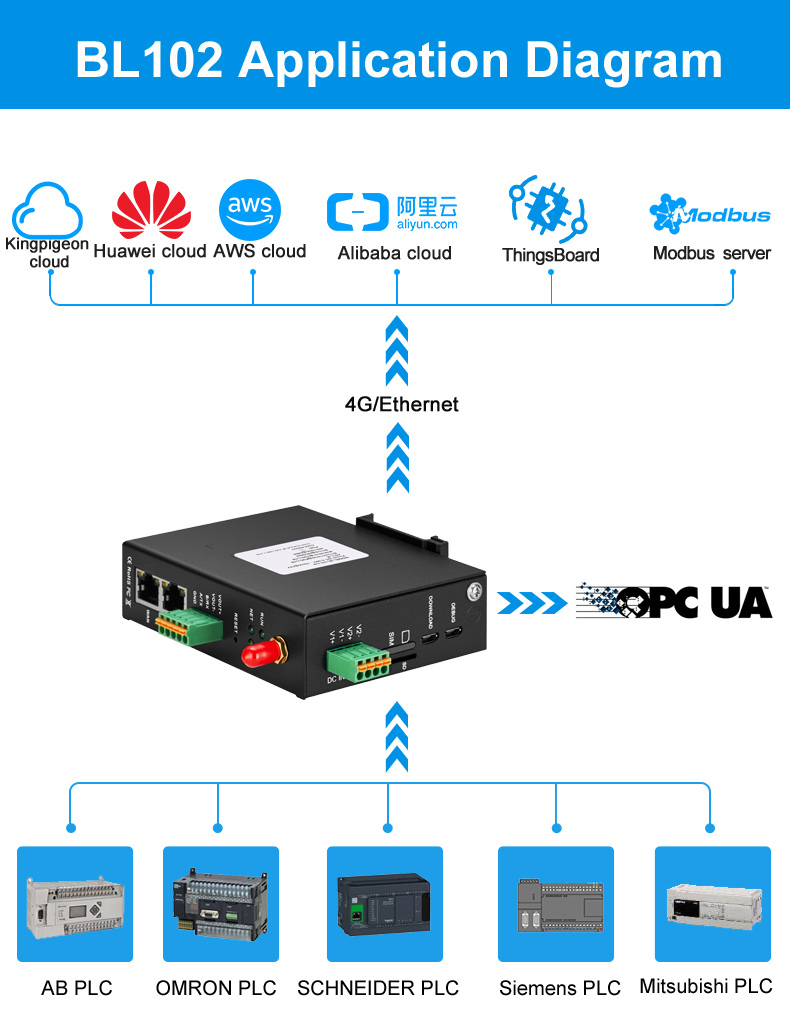
Digital+RS485 Output:
a. 4G version
Option 1: 4G RTU IOT Gateway S275
Option 2: I/O Module DAMxxx+Modbus Gateway BL100
b. Ethernet version
Modbus MQTT Ethernet I/O Module M160T
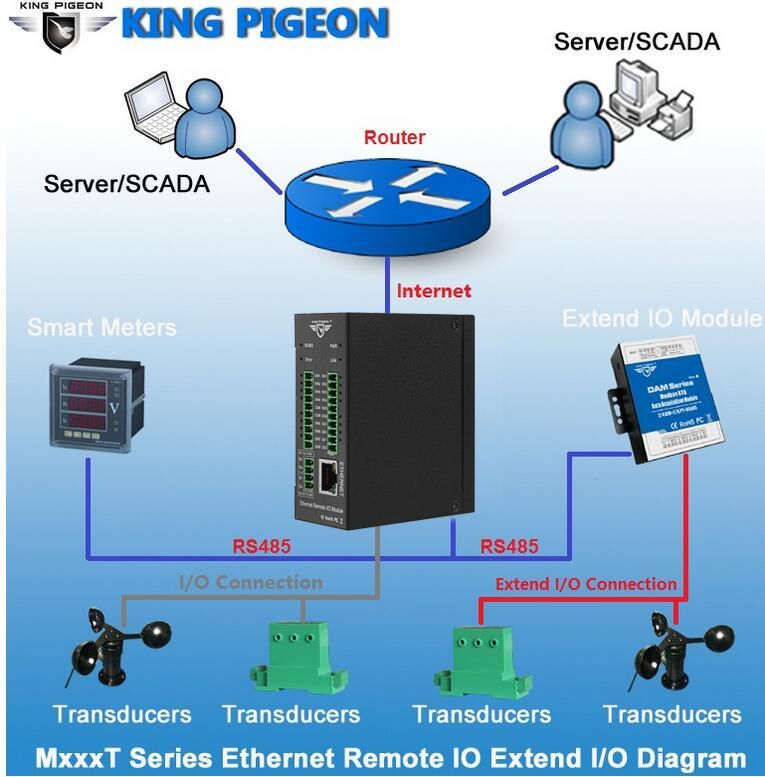
Video+I/O Output: Industrial Cellular Router R40B. 4G communication module is selected based on device application region frequency
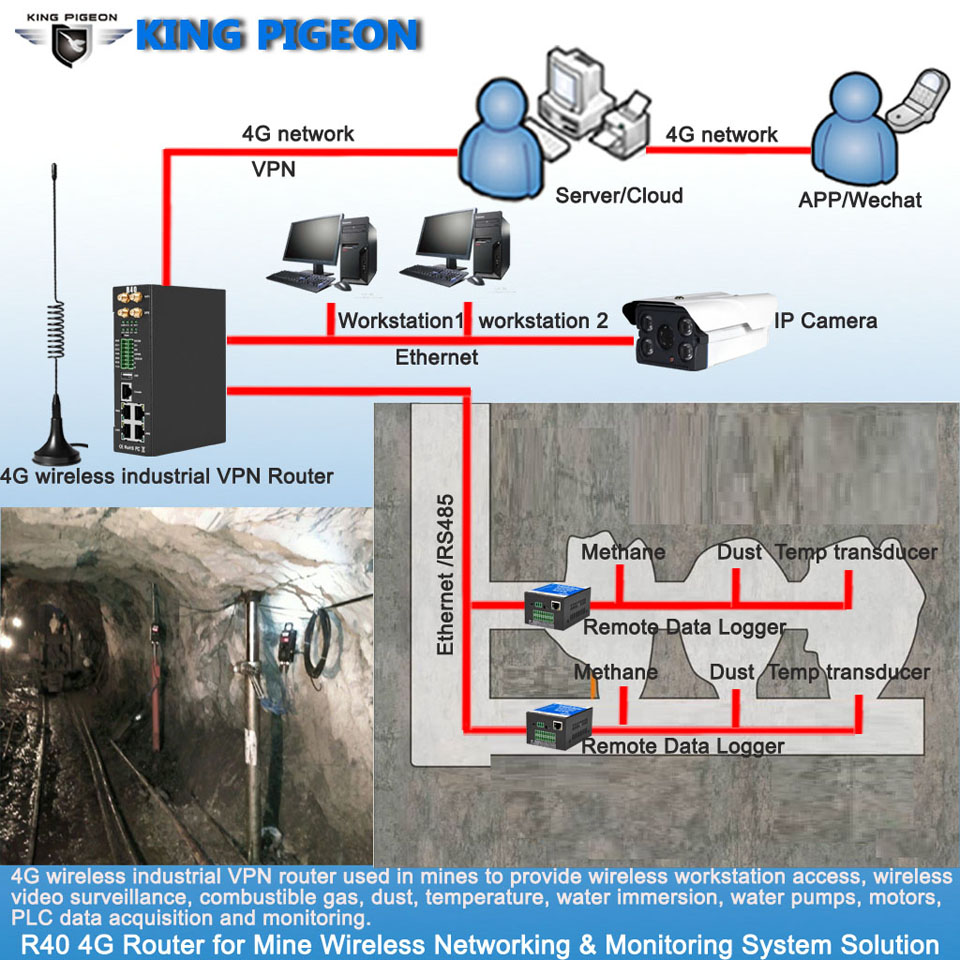
For more information, please visit: www.iot-solution.com

First of all, it’s necessary to know what kind of data to be transferred. There are various types of signals, like digital, pulse, analog, PT100, RS485, PLC, video, etc
Secondly, the protocol for connecting to server or cloud must be confirmed. The most-frequently-used IOT protocols are Modbus and MQTT
Thirdly, we need to identify whether cellular, Ethernet or both internet connections are needed.
In addition, for cellular IOT devices, the communication module is selected based on application region as different areas have different communication frequencies.
Let’s illustrate the tips with examples of King Pigeon IOT devices.
Digital Input and Output: select 4G RTU (Remote Terminal Unit) S272 with 8DI, 6AI and 4DO. It is a nice device to process digital signal. No additional I/O module is needed and cost can be immensely saved

RS485 Output: 4G DTU D223 can be used. However, data processing load in server side is very heavy and SIM card data usage is quite high. Thus it’s better to use 4G Modbus to MQTT Gateway BL100. It solves both the problems of DTU.
PLC Output: PLC Gateway BL102 or Multiple-Protocol IIOT Gateway BL110 can be selected. It’s capable of huge PLC data resolution and sending PLC data to cloud or local host computers.

Digital+RS485 Output:
a. 4G version
Option 1: 4G RTU IOT Gateway S275
Option 2: I/O Module DAMxxx+Modbus Gateway BL100
b. Ethernet version
Modbus MQTT Ethernet I/O Module M160T
c. 4G+Ethernet
Option 1: 4G RTU IOT Gateway S475
Option 2: I/O Module MxxxT+Modbus Gateway BL100/BL101
Option 1: 4G RTU IOT Gateway S475
Option 2: I/O Module MxxxT+Modbus Gateway BL100/BL101

Video+I/O Output: Industrial Cellular Router R40B. 4G communication module is selected based on device application region frequency

For more information, please visit: www.iot-solution.com
Recently Reviews
Read MoreLeave a Reply
Your email address will not be published.Required fields are marked. *